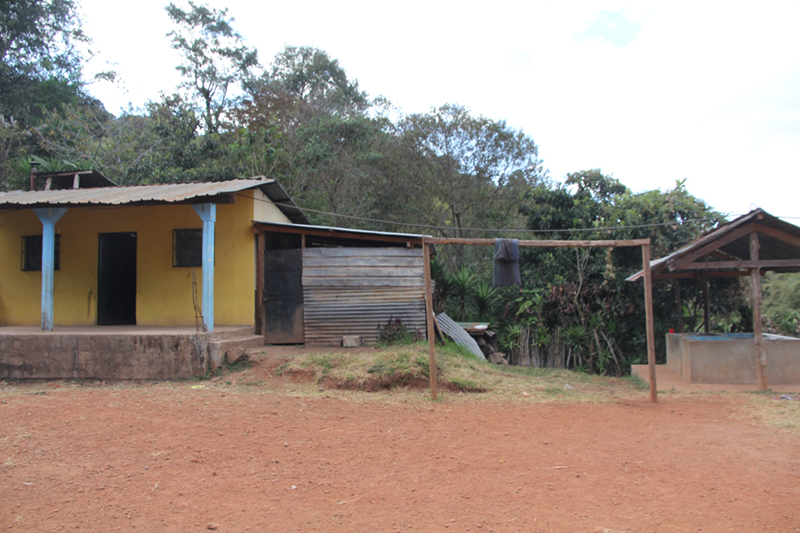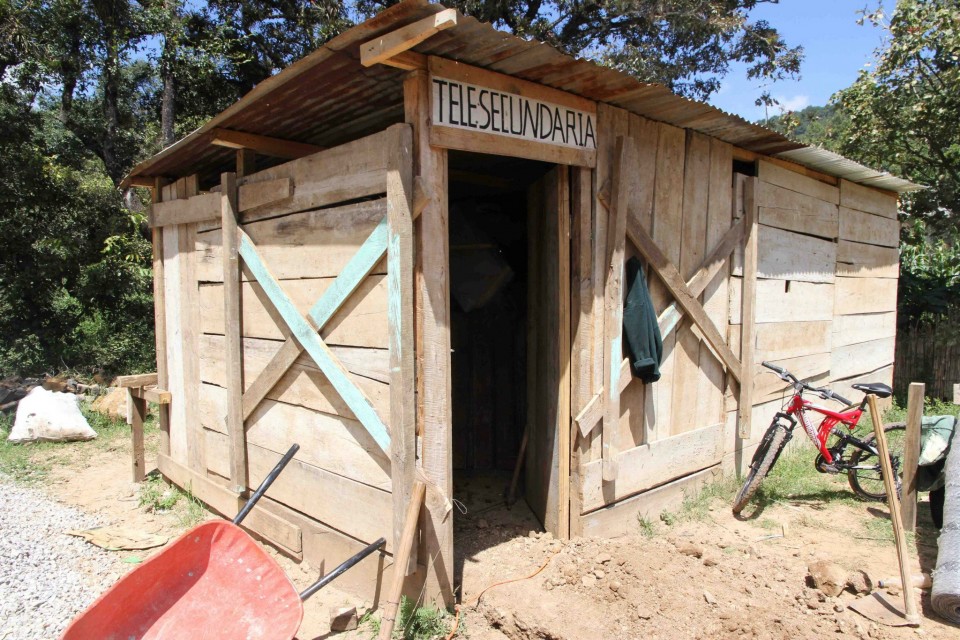Need
If you are deciding between multiple communities with which to work, try to look carefully at their respective needs. There is no foolproof metric, but take into account all aspects of the community’s resources, and infrastructural necessity. Necessity can come in many forms. Basic access to clean water, sanitation, and transportation are some good indicators of a community’s need and economic isolation. Dirt floors, leaking roofs, insecure structural elements, weak walls, and insufficient or crowded classrooms detract from a high quality learning experience. Be sure to take these types of factors into consideration as well. It’s not just about need. A community’s interest in the bottle school project and their willingness to work hard is essential to a project’s



